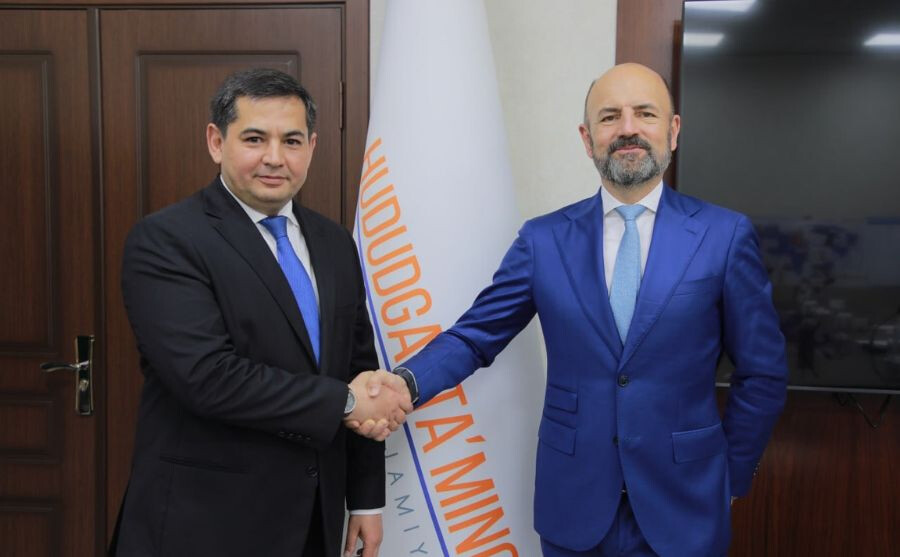

4/9/2025



In recent weeks, we have looked in depth at the complex world of the gas supply chain, from its extraction from reservoir rocks to its arrival in our homes. However, the water supply chain is also one that needs to be examined very carefully. First of all, a due clarification must be made. The water resource is the protagonist of a cycle rather than a supply chain: unlike the gas or electricity sectors, which have a beginning (extraction in the case of gas and production in the case of electricity) and an end (arrival at the user), water is part of a cycle that repeats itself continuously.
The water resource, in fact, in order to be used to its full potential, needs to be treated several times to arrive from nature to our homes in a safe and controlled manner and, after its use, returns to the environment purified so that it can be withdrawn and used again.
The integrated water cycle consists of several stages:
Let us see in detail what these six steps of the integrated water cycle consist of.
Water capture
Water capture is the starting point of the water cycle and involves its withdrawal from the environment thanks to intake works, which are characterised by the particular management and protection of the water resource.
Capturing takes place in different ways, which differ according to the source from which the water is taken:
The potabilisation
After it has been captured, water must be potabilised, in order to be safely and without waste directed to end users.
In Italy, for example, current legislation regulates fresh surface water intended for the production of drinking water. In this sense, surface waters are classified into three categories, according to their physical, chemical and microbiological characteristics described in the legislation itself. For each of these categories, the drinking water treatments to be carried out are described in detail:
The physical and chemical treatments dealt with in the first two points are divided into several stages. They aim to eliminate non-settleable suspended solids and correct the chemical characteristics of raw water by eliminating substances that are incompatible with the civil uses the water is intended for. Specifically, the treatments are as follows:
Once the water has undergone the above-mentioned treatments, it can be sent to the reservoirs.
The adduction
After potabilisation, the water is sent to reservoirs for collection and storage. In this way, it can be distributed to users without having to keep pumps constantly running and to generate the pressure needed to send water to the highest floors of houses, making up for water shortages caused, for example, by maintenance to capture and drinking water systems.
The distribution
Distribution is the phase in which water arrives in users' homes for civil use or in commercial establishments. The water is fed into the aqueduct network, which is made up of pipes of different sizes and diameters that branch off along all the streets and roads of the towns and the countryside.
From the primary network then branch off into the connections (secondary network), pipes through which water is delivered to each user, in the same way as in the gas sector. Finally, the terminal point of the connection is the meter, which measures the water consumption of the user to which it refers.
The wastewater collection
After use, water is collected by sewage systems, which direct it to treatment plants. The quantities of water in the sewers are called ‘wastewater’.
Wastewater can be collected through collective or individual networks: the former consists of filter systems used mostly for domestic wastewater; the latter, on the other hand, is a special system implemented according to existing constraints, such as ground conditions, isolated domestic dwellings, particular distance from a treatment plant.
The collection in the sewerage system also passes through diversified networks, which optimise the water purification process, separating the lightly polluted from the highly polluted. These networks can be unitary, if they are dedicated to the collection and treatment of rainwater and wastewater, or separative, if they are double, with one connection for rainwater and one for wastewater.
In the latter case, in fact, separating rainwater, which is considered not very polluted, is functional for immediate discharge into the receiving water system (rivers, mainly) or to be channelled for irrigating fields, heating homes or watering animals, avoiding overloading purification plants with harmful substances.
The wastewater purification
Non-stormwater is sent to the purification plant, which purifies it and releases it back into the environment. Purification also consists of several stages:
The waste water exiting from the final sedimentation and separation from the sludge can be considered clean and free of slag and is therefore returned to the environment, from which it will then resume its cycle through a new capture.

Want to know more?
We’d be happy to talk more in detail about your needs and explore how we can become your ideal partner, to assist you in your business venture of innovation, digitization and sustainability